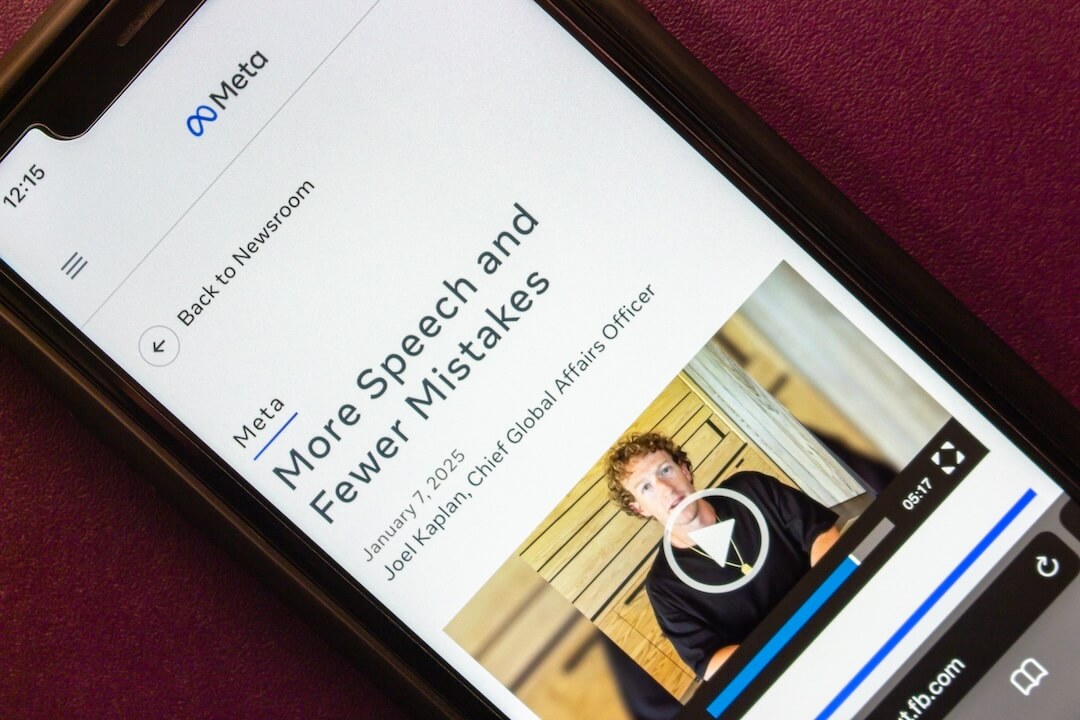
The Morning Meeting with Al Tompkins is a daily Poynter briefing of story ideas worth considering and more timely context for journalists, written by senior faculty Al Tompkins. Sign up here to have it delivered to your inbox every weekday morning.
The First Street Foundation created a new wind model that shows the impacts and likelihood of tropical storms and hurricanes 30 years into the future. The 7th National Risk Assessment: Worsening Winds finds that 13.4 million more properties will be exposed to tropical cyclones in 30 years.
This is the kind of peer-reviewed data that might prompt journalists who do not live in areas that are usually considered to be hurricane targets to explore what your communities are doing to harden infrastructure and anticipate flooding.
The research says that while Florida is still the most exposed state, landfalls will shift further north, from Miami to Jacksonville. Just that shift makes the entire Southeastern coast more vulnerable to the effects of storms.
The researchers wrote a detailed sheet explaining their methodology, but they also published this simplified version, which I think is a very good idea.
Hot item: Would you pay $150,000 for a ‘protection dog?’
The Los Angeles Times tells us about the new California trend of high-priced “protection dogs” that are part family pet and part bad-guy eater. The Times says one expert tells potential clients if they do not have a gun, have a dog in the house, specifically a highly trained dog that is so in demand that one trainer is taking deposits for dogs that will not be delivered for two years:
The elite animals — typically German shepherds, Belgian Malinois, Dobermans, cane Corso’s or a mix of those breeds — are marketed under names such as “personal canine bodyguards” and “executive protection dogs.” Amid a spate of high-profile crimes in upscale parts of Los Angeles, they have become highly sought after among the rich, many of whom worry about being targeted.
Protection dogs, they say, provide an immediate layer of front-line defense, unlike security cameras (which merely show an intruder on the property, and only if the devices happen to be pointed in the right direction) and home alarm systems (which can be bypassed or ignored). Even if police are summoned, they can be slow to respond, if at all. So, homeowners who can afford it are being more proactive.
“Every celebrity client, at one time or another, and billionaire has said to me these exact words: ‘What about a dog?’” said Kris Herzog, owner of the Bodyguard Group of Beverly Hills. They’re status symbols and over time can even be cost saving: “People don’t want to pay $400 an hour for two off-duty police officers.”
Herzog’s firm links customers with various security service providers, including canine trainers who sell trained guard dogs for $55,000. “A dog is always my recommendation if you’re not going to have a gun in the house,” he said.
Before you jump on this trend, keep that the Centers for Disease Control and Prevention says dogs bite more than 4.5 million people each year causing 800,000 injuries that require medical attention. The CDC says half of dog bites occur on the dog owner’s property, and they account for one-third of all homeowners insurance liability claims.
The Insurance Information Institute says:
There are three kinds of law that impose liability on owners:
- Dog-bite statute – The dog owner is automatically liable for any injury or property damage the dog causes, even without provocation.
- “One-bite” rule – In some states, the owner is not held liable for the first bite the dog inflicts. Once an animal has demonstrated vicious behavior, such as biting or otherwise displaying a “vicious propensity”, the owner can be held liable. Some states have moved away from the one-bite rule and hold owners responsible for any injury, regardless of whether the animal has previously bitten someone.
- Negligence laws – The dog owner is liable if the injury occurred because the dog owner was unreasonably careless (negligent) in controlling the dog.
- In most states, dog owners are not liable to trespassers who are injured by a dog. However, a dog owner who is legally responsible for an injury to a person or property may be also responsible for reimbursing the injured person for medical bills, lost wages, pain and suffering and property damage.
Why does the US see paid parental leave so differently from the rest of the world?
Here is a map from the World Policy Center that shows the 46 countries that have guaranteed paid paternal leave. Canada, Russia, Poland, France, Italy, Bulgaria and Turkmenistan are among the countries that have paid leave laws. The United States, Cameroon, Libya, Guyana and Honduras have no such guaranteed leave for fathers.
The United States is also one of seven countries that have no guaranteed maternity leave, along with Tonga and the Marshall Islands.
The Kaiser Family Foundation reports that paid sick leave is also largely up to the employer:
The federal Family and Medical Leave Act (FMLA) requires eligible employers to provide certain workers unpaid family leave; however, unlike nearly all other industrialized nations, the U.S. does not have national standards on paid family or sick leave, despite strong public support. Paid leave has garnered increasing attention among elected officials at the national and local level, particularly in light of the COVID-19 pandemic. Some temporary paid leave benefits programs were enacted as a result, though the majority of those have since expired.
According to the Bureau of Labor Statistics (BLS), eight in ten workers (79%) have access to paid sick leave through their employer in 2021; however, workers in certain occupations, part-time workers, and lower-wage workers are less likely to have access paid sick leave.
With the COVID-19 emergency set to expire in May, it could be an opportunity to raise the issue of paid leave for maternity, paternity and sickness with local and federal elected officials. Why is the U.S. so out of line with almost all of the countries in the world?
Chinese companies are building factories in Mexico to ship to the US
The pandemic taught us more than we wanted to know about the thin thread that we call the global supply chain. U.S. store shelves emptied when Chinese ports shut down. The problem is causing a big change in where things will be manufactured in the future.
Mexico will be a beneficiary as Chinese manufacturers set up enormous facilities to prevent a supply chain interruption like the last one. In this New York Times piece, you will learn a new word: “nearshoring.”
Lizhong, a Chinese manufacturer of automobile wheels, is erecting the company’s first factory outside Asia at an industrial park in Nuevo León. Lizhong’s largest customers, including Ford Motor and General Motors, pressed the company to open a factory in North America, said its general manager for Mexico, Wang Bing.
A South Korean company, DY Power, which makes components for construction equipment, is considering northern Mexico as the site for a factory near a major customer in Texas.
“After going through the pandemic and the supply chain crisis, the China Covid shutdown, many North American manufacturers would like to eliminate the risk,” said Sean Seo, a Seattle-based executive for DY Power.
“Globalization has ended,” he declared. “It’s local-ization now.”
Take a moment and look at the Times piece to get a perspective on how huge some of these factories are.










